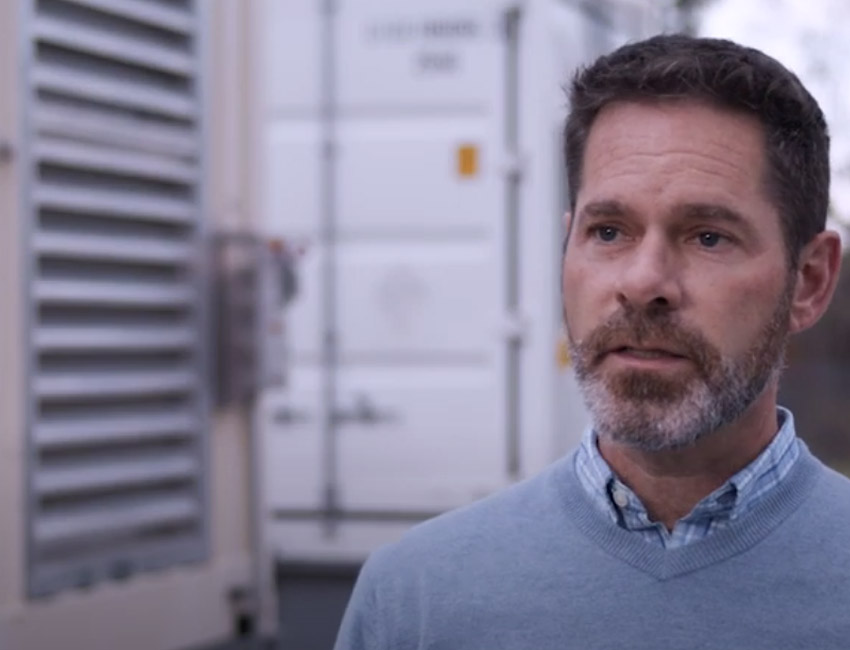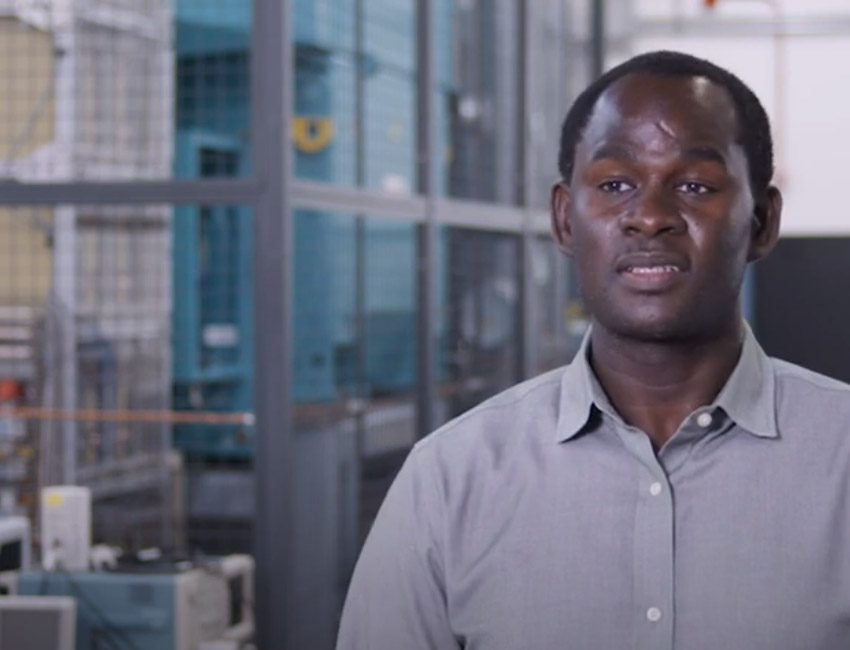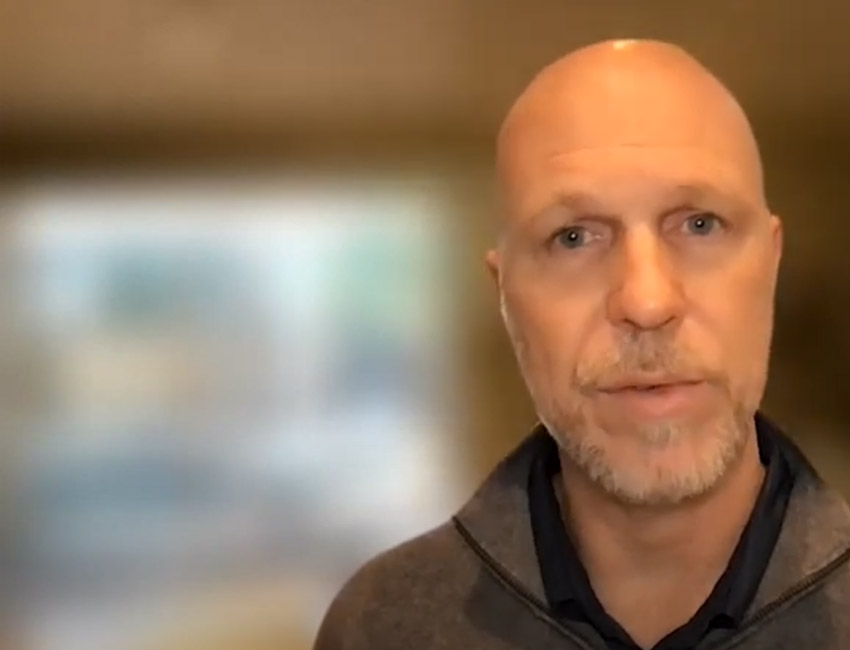GE Building a Modernized Grid Fit For a Zero Carbon Future
Today, we’re living through a revolutionary energy transition to address climate change, as the US and countries around the world bring more renewable power online and electric vehicles become more prevalent on our roads and highways. The power generation mix is changing too, with electricity not just being generated upstream through major load centers, but at the distribution level and even behind the meter.
All of these trends beg the question … is the grid ready to handle the massive increase in demand and variability coming its way?
GE, together with our industry and government partners, are at the forefront of new innovations and technologies that will make sure our grid is indeed ready. With products and technologies that help produce 1/3 of the world’s electricity and a footprint spanning the grid from power generation to the home, we’re focused “behind the plug” on improving the stability, resiliency and operability of the grid that's required to support a zero carbon future.
STABILITY
Mike Bowman, Chief Technology Officer of GE Renewable Energy’s Hybrids business, discusses the innovative storage technologies GE is developing to stabilize the grid as we move from a fossil-based energy system to a more renewable-intensive mix where the generation is more flexible and variable as wind speeds change or sunlight shines or fades behind clouds:

RESILIENCY
How can the grid be strengthened to prevent power from being knocked out by storms and fires made more ferocious and frequent by climate-change?
Ibrahima Ndiaye, the Technology Manager for Power Electronics at GE Research, is leading a project funded by the U.S. Department of Energy in partnership with Prolec GE and our utility partner, Cooperative Energy, to pilot the world’s first large flexible transformer. Ibrahima explains how this new transformer technology will support higher penetrations of renewable generation and improve grid resiliency by offering more flexibility for fault management, frequency, and voltage regulation:

OPERABILITY
How can digital technologies and solutions help create the new foundation for grid operations that will be needed to manage a dynamic, zero carbon power grid?
Sean Moser, Senior Vice President, Chief Product Officer, GE Digital Grid, discusses the emerging “Internet of Electrons” and how digital technologies can improve the grid’s operability and meet the challenge of orchestrating a decarbonized energy future:
